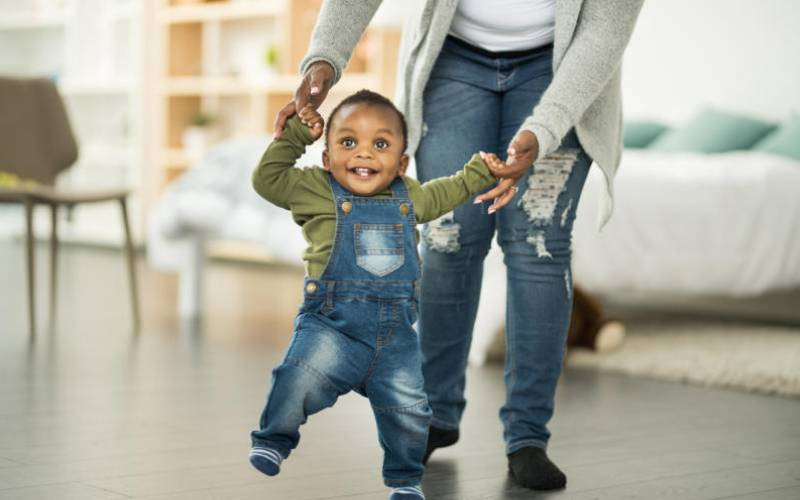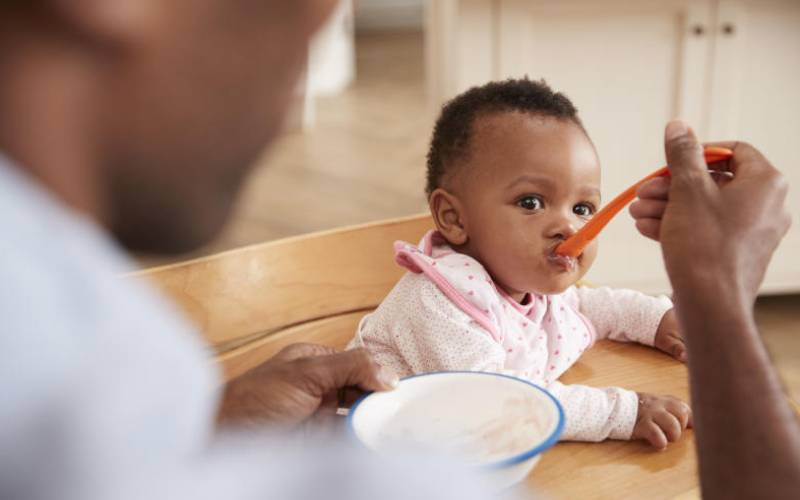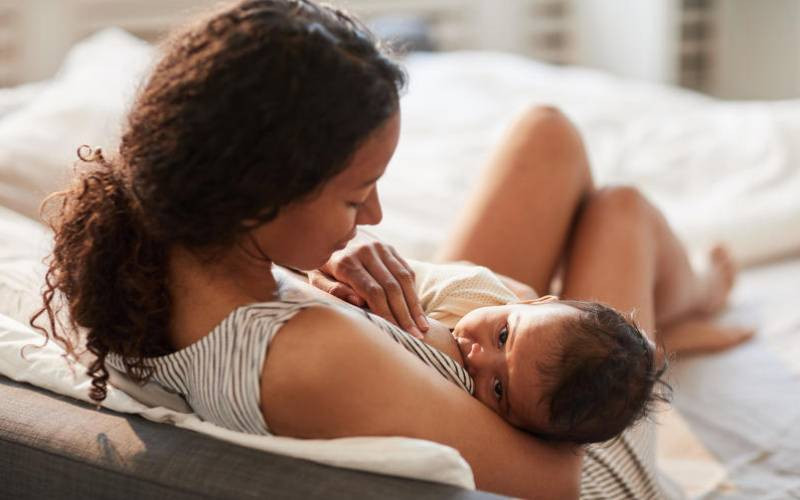
Your child’s hurt but do you really need to rush off to hospital? Here’s what you can do if your little one has an accident.
Next time you go to hospital, take a look around. Chances are it will be full of children sporting bumps and bruises, vicious-looking cuts and other minor ills. This is because around a quarter of all accidents in the home involve children under four. So why are small children so horribly accident-prone?
Children are fearless little creatures. They try to run before they can walk, climb before they can balance and are very adept at toppling, walking into walls and doing all sorts of other damaging things to their bodies.
They are hungry to discover the world around them which means they reach out and grab whatever they see. A child who sees an unguarded cup of tea on the table thinks it is a great idea to plunge her little fist into it. Falls are inevitable and difficult to prevent.
You can’t watch your child every minute of the day, and it only takes a second for her to nose-dive off the bed or fall off the chair on to the floor. Of course, putting harmful objects out of reach can help prevent accidents, but some children have a way of being able to damage themselves with very few props around to help them.
Common causes
About half of all accidents to under-fives involve falls. Other common causes of accidents include burns and scalds, swallowing foreign bodies, cuts and poisoning. In most cases, the child suffers little more than a bruise or a graze. But small children can’t describe pain or tell you how much it hurts - and most of us would rather take our injured child to hospital and make sure all is well than risk nasty complications.
It can be difficult to know what to do when your child has an accident - should you treat the wound yourself, call your doctor or go straight to hospital?
Cuts
Minor grazes can be treated by cleaning carefully with water and cotton wool, applying a soothing antiseptic cream and covering with a sticky plaster to keep out germs and dirt. More serious cuts need hospital treatment, particularly if the wound is very dirty, won’t stop bleeding or if it’s gaping and looks as if it needs stitching.
If your child has an accident and the wound is bleeding profusely, take your child to the hospital immediately. Meanwhile, place a clean handkerchief over the cut and press down for 10 minutes or so until the bleeding stops. Provided you do not think your child has broken any bones, lay her down and raise the injured limb on a cushion or on anything close to hand, as this will help stop bleeding.
Breaks
A broken bone always needs hospital attention. The area around the break will be very painful and tender and may look swollen and deformed. Take off any piece of clothing around the injury that might be constricting the swelling.
Never try to force a displaced bone back into position yourself. If the accident is serious and you suspect your child has broken her neck or spine, call for an ambulance immediately and don’t attempt to move her until medical help arrives.
Burns
Immediately carry the child to the nearest cold water tap and run plenty of cold water over the burn or scald. It is important to do this for at least 10 minutes to reduce the heat on the skin.
If a blister develops, place a pad of clean, non-fluffy material over it and hold it in place with a piece of sticking plaster. Don’t try to burst the blister because this will let germs in, and don’t put any cream or lotion on to the burn, it will eventually heal by itself. Because burnt or scalded skin can swell up, take off anything around it, such as a belt or watch. A burn that covers an area of more than a square inch and where the skin is broken will need hospital treatment.
Choking
No treatment is needed if she has coughed whatever was lodged in her throat. Don’t waste time trying to get hold of the object unless it is very easy to reach- this can often lead to things being pushed down further.
You can try dislodging the object yourself by putting her over your knee or turning her upside down and thumping her between the shoulder blades with the heel of your hand, three or four times. As a last resort, if you don’t have any success with this, give the baby’s tummy a short, sharp squeeze which should push the object out of the baby’s windpipe.
If this fails take her to the doctor and ask someone to call in advance. If she is wheezing and sputtering take her to hospital.
Foreign bodies
If your child has put something nasty up her nose, encourage her to blow one nostril at a time, if the offending object is in her ear, and you can see it sticking out, remove gently. If she is in severe pain taker take her to hospital. Never poke around with cotton buds, you may do more harm than good.
 The Standard Group Plc is a multi-media organization with investments in media platforms spanning newspaper print
operations, television, radio broadcasting, digital and online services. The Standard Group is recognized as a
leading multi-media house in Kenya with a key influence in matters of national and international interest.
The Standard Group Plc is a multi-media organization with investments in media platforms spanning newspaper print
operations, television, radio broadcasting, digital and online services. The Standard Group is recognized as a
leading multi-media house in Kenya with a key influence in matters of national and international interest.




